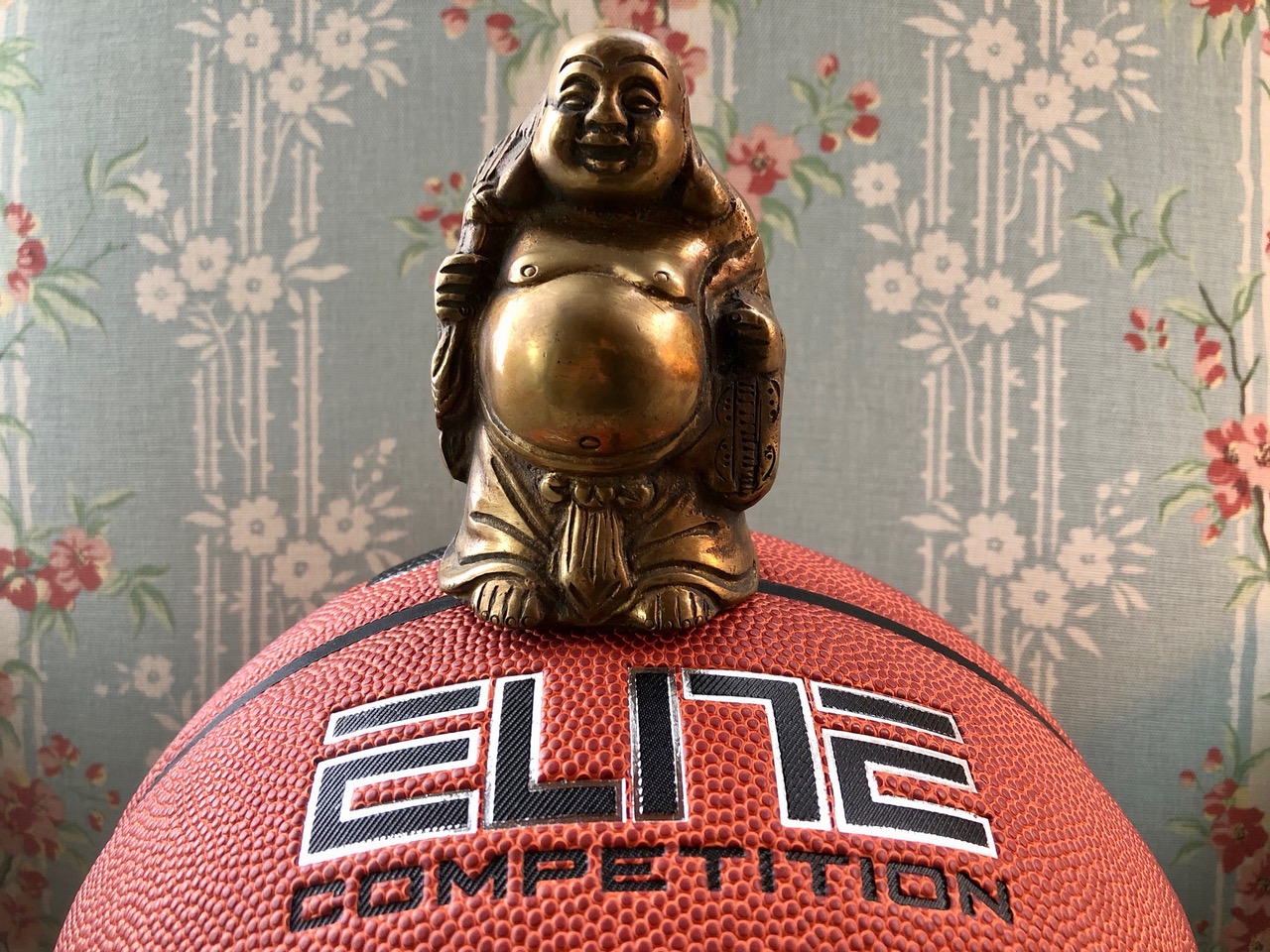
My memories of playing and coaching sports, though fading, feature animated pregame rituals all about team and game. Sure, each player had their own routine. But few experiences compare to the upbeat team banter and camaraderie—which remains one reason why I am emphatically pro-sports for youth. That pre-game power was more than palpable; it was virtually electric.
It’s less like that these days. Now “virtual” and “electric” take on more literal connotations, as phones, headphones, and SM take over the minds and attentions of athletes.
An article by Timberwolves/NBA writer Chris Hine last week peeked into the locker room—and saw millionaire hooper studs with their heads down, staring at phones. Rather than shouts and slaps, there was silence (except for headphone noise). Rather than high 5s and clapping, hands were scrolling and tapping.
NBA Commissioner Adam Silver has noticed, describing some athletes as “unhappy” and “isolated.” Celtics superstar Kyrie Irving has stated of his fellow round-ballers, “People are dealing with anxiety, depression and other disorders that affect their well-being,” … “Some people can’t handle all of this, and we need to be mindful of that.” Wolves center Karl-Anthony Towns talks of having to deal with the “keyboard warriors”—rabid and rude fans that lurk and stalk from the cloud.
While the NBA leads pro sports in SM attention—they have more Instagram followers than the other 3 big pro sports combined—the malady has, shall we say, gone viral. Strib writer Hine describes it as a “millennial condition.”
That’s certainly been my experience as a college instructor. Back in the day, the gathering of the students before class was a meaningful time of connection, chat, and even cornering students who had fallen behind or otherwise needed attention.
Over the years, that time has become evermore reserved and self-centered—to the point that teachers are often trained not to pressure students about their screen focus; you may feed into anxiety, sometimes called nomophobia, and make the problem worse.
All young athletes love their tech toys. Yet some sports remain more old-school, at least at times. After all, baseball games take hours and teams play and practice almost daily, but do you ever see players sneaking their screen into the dugout? Unlikely. A football player, meanwhile, would get thwacked by a coach. And an iPhone on a hockey rink would get smashed to smithereens, splashed with blood, and then eaten by the enforcer.
Of course, sports represent just one microcosm of the digitalia addiction conundrum. And the problem no longer just applies to millennials; I routinely see grizzled grandmas and grandpas stuck on their screens whether walking, dining, or driving (of course).
Thank goodness athletes must at least unplug to play the actual game. So far, anyway.